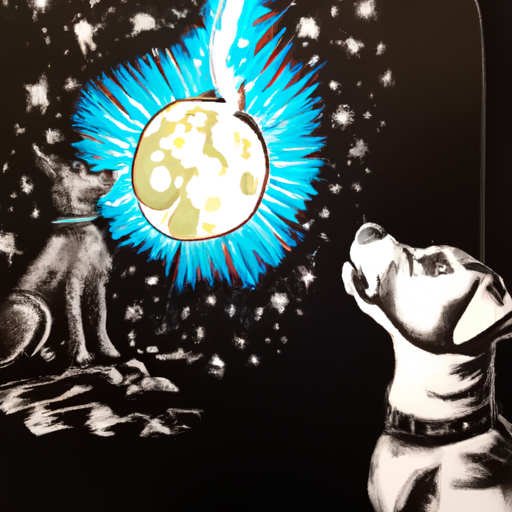Introduction
You might have often wondered about the fascinating journey of dogs as they evolved from wild wolves to human’s best friend. This transformation didn’t happen overnight, but instead, it took thousands of years of evolution, selection, and adaptation. Let’s explore this intriguing story together.
The Origins of Dogs
You would be amazed to know that the dog, Canis lupus familiaris, shares a common ancestor with the grey wolf. The divergence is believed to have occurred somewhere between 20,000 to 40,000 years ago.
- Domestication: Initially, humans didn’t domesticate wolves. Instead, wolves that were less afraid of humans ventured closer to human settlements. They scavenged leftovers and gradually become accustomed to human presence.
- Natural Selection: Over generations, these less-fearful wolves thrived better than their fearful counterparts. This is a classic example of natural selection at work, where traits beneficial for survival are passed on to the next generation.
Selective Breeding
This is where you, as a caregiver, come into the story. Humans began to see the potential in these tamed wolves. They were used for hunting, guarding, and companionship. Gradually, humans started selectively breeding wolves, favoring those with desirable traits. This process led to the wide variety of dog breeds we see today.
- Size and Appearance: From the tiny Chihuahua to the large Great Dane, humans bred dogs for physical characteristics, resulting in a vast range of sizes and appearances.
- Temperament and Ability: Dogs were also bred for their behavior and skills. For instance, Border Collies were bred for their herding instincts, while Labrador Retrievers were bred for their friendly nature and trainability.
The Role of DNA
You might wonder how selective breeding changes a dog’s appearance or behavior. The answer lies within the DNA. Genes control everything from a dog’s coat color to its propensity to bark. By selectively breeding dogs, humans essentially manipulated the genetic diversity within the dog population.
| Trait | Controlled By Genes |
|---|---|
| Coat Color | Yes |
| Size | Yes |
| Temperament | Yes |
| Barking Tendency | Yes |
Modern Dog Breeds
Today, there are over 340 recognized dog breeds worldwide, each with its own unique set of characteristics. Whether you’re a fan of the loyal German Shepherd or the energetic Jack Russell Terrier, there’s a breed out there that’s perfect for every kind of caregiver.
- Health Issues: However, it’s important to remember that not all selective breeding has been beneficial for dogs. Some breeds are prone to specific health issues due to the genetic traits they’ve inherited.
- Responsible Breeding: As a caregiver, it’s your responsibility to ensure that your furry friend comes from a line of responsible breeding. This means avoiding breeders who prioritize appearance over health and temperament.
Frequently Asked Questions
Q: When were dogs first domesticated?
A: Dogs were first domesticated between 20,000 to 40,000 years ago.
Q: How many dog breeds are there?
A: There are over 340 recognized dog breeds worldwide.
Q: How does selective breeding affect dogs?
A: Selective breeding can influence a dog’s appearance, behavior, and health.
Q: What are the responsibilities of a dog caregiver when it comes to breeding?
A: A caregiver should ensure that the dog comes from a line of responsible breeding, which prioritizes health and temperament over appearance.



